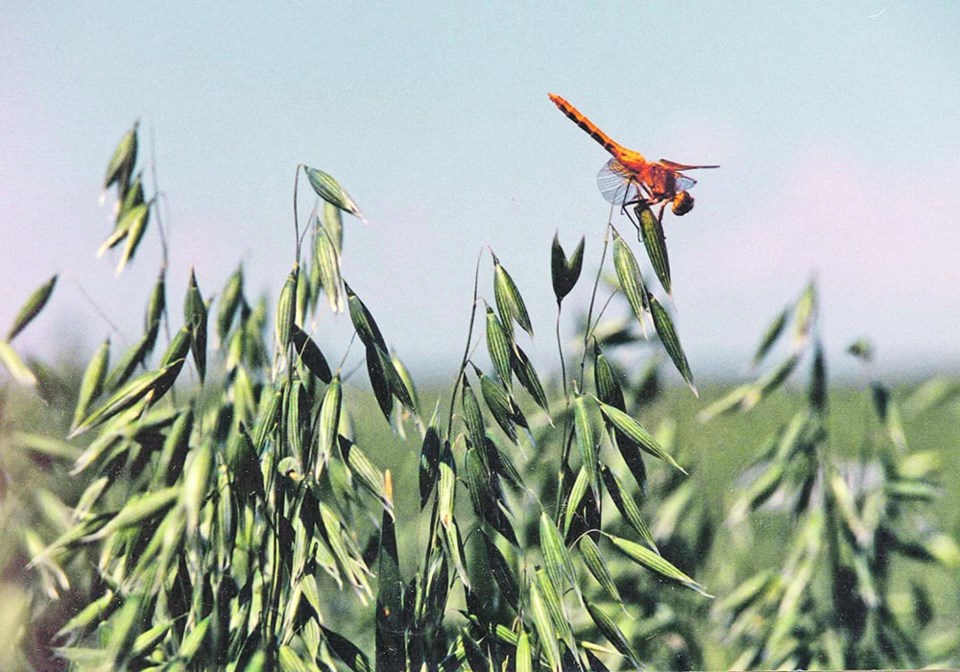WESTERN PRODUCER — Organic markets have cooled off, according to panelists speaking at a webinar organized by SaskOrganics.
“As of right now, everything has definitely softened a little bit,” said Wade Harris, a buyer with Sunrise Foods International.
There is plenty of uncertainty in the market, and processors are hesitant to do much forward contracting of crops.
“It’s definitely a little quieter. We’re generally booking a lot more acres this time of year,” he said.
Prices have been dropping and buyers are waiting to see where they end up.
“A lot of the buyers in the U.S are a little uncertain on what the market is going to do,” he said.
One webinar attendee asked the panelists if they are concerned about reports that there has been a one million acre drop in Canadian certified acres over the past two years.
Harris said there has “definitely” been a loss because growers who came in when prices were sky-high are now exiting the business.
Sunrise buys almost every organic crop except hemp and some other niche crops.
“We are pretty much covered on most things right now,” he said.
The company is still in need of some old crop hard red spring wheat and is willing to pay $23 per bushel picked up on farm in the May to June period.
It also wants feed wheat and feed barley. There doesn’t appear to be any feed wheat around, but the company is willing to pay $10 to $10.50 per bu. for feed barley picked up at the farm.
“That’s pretty much all we’re looking for in old crop at the moment,” said Harris.
New crop bids are $7 per bu. for oats, $18 for HRSW, $45 for flax, $9 for feed barley, $18 for yellow peas, $0.85 per pound for French green lentils with Bio Suisse certification, and $0.90 for black lentils with the same certification.
Prices are picked up on the farm with a September through December delivery, except for flax, which has a September through February delivery.
Ben Origin, a buyer with F.W. Cobs Company, offered up a similar market outlook.
He is paying $10.50 to $11 per bu. for old crop barley delivered to the plant and $250 per tonne for screenings.
He is offering an “aggressive” bid of $9.75 to $10.25 for new crop barley because old crop supplies are scarce and more acres are needed.
That is the company’s only new crop bid.
“It just seems like there’s a lot of end users that are kind of standing still here and waiting to see what the market does over the summer,” he said.
Kelly Cornelius, a buyer with Grain Millers, said oat prices have been in a freefall.
“We’re seeing record carryout and lots of oats left uncontracted,” he said.
“That has obviously depressed prices a little bit.”
Prices are expected to normalize somewhat with Statistics Canada forecasting a 22 percent decline in acres.
The company does not have any bids posted for oats or flax.
“We have most of our needs covered,” he said.
If it does price any oats, it will be in the range of $7.50 to $8.00 per bu.
Cornelius is worried that farmers will be stuck with a lot of uncontracted old crop oats still in their bins when the new crop comes off.
On the other hand, the market could suddenly turn bullish if Statistics Canada’s oat acreage decline turns out to be far too conservative.
“I’ve heard numbers as high as potentially a 50 percent drop in acres,” he said.
“That could be slightly concerning if we run into a mediocre, sub-par year.”
Tracy Bush, sales manager for MGM Seed & Grain, said there is very little oat buying occurring.
“Everybody seems full,” she said.
The oat market went from “famine to feast” and buyers are now adequately covered.
MGM has filled a good portion of its needs. If it goes back to the market for new crop, it will likely be offering $8 per bu.
But she agreed that the market could turn around quickly with Paterson GlobalFoods set to open its new oat mill in Winnipeg this year.
“It might chew through that carryover very quickly,” she said.
Bush said oat demand remains strong with “mind boggling” consumption of cereal bars and another new product.
“The oat beverage market has taken off and that’s massive,” she said.
“That is definitely chewing through a lot of milling capacity.”
Brigitta Tully, a buyer with Roquette, said organic yellow peas typically sell for double the price of conventional product.
However, conventional prices have been falling due to a poor export program to China and slumping demand for pea protein in the United States and other markets.
“We’re in a little bit of a tougher economy than we were (in) two years ago, so the pea protein market has slowed,” she said.
“We can’t pay $25 to $28 a bushel anymore because we’re not getting that on the other side.”
Tully expects yellow pea prices to continue to fall as old and new crop values converge. If Canada has a decent crop, she expects values to drop to $18 per bu. in Manitoba.
Margaux Cassagne, agronomist with Fresh Hemp Foods, said she is getting close to the end of her contracting program and volumes are looking good for 2023.
This year’s contract price was $1.79 per pound of clean grain, plus a storage premium amounting to another $0.027 per lb.
Contact [email protected]




